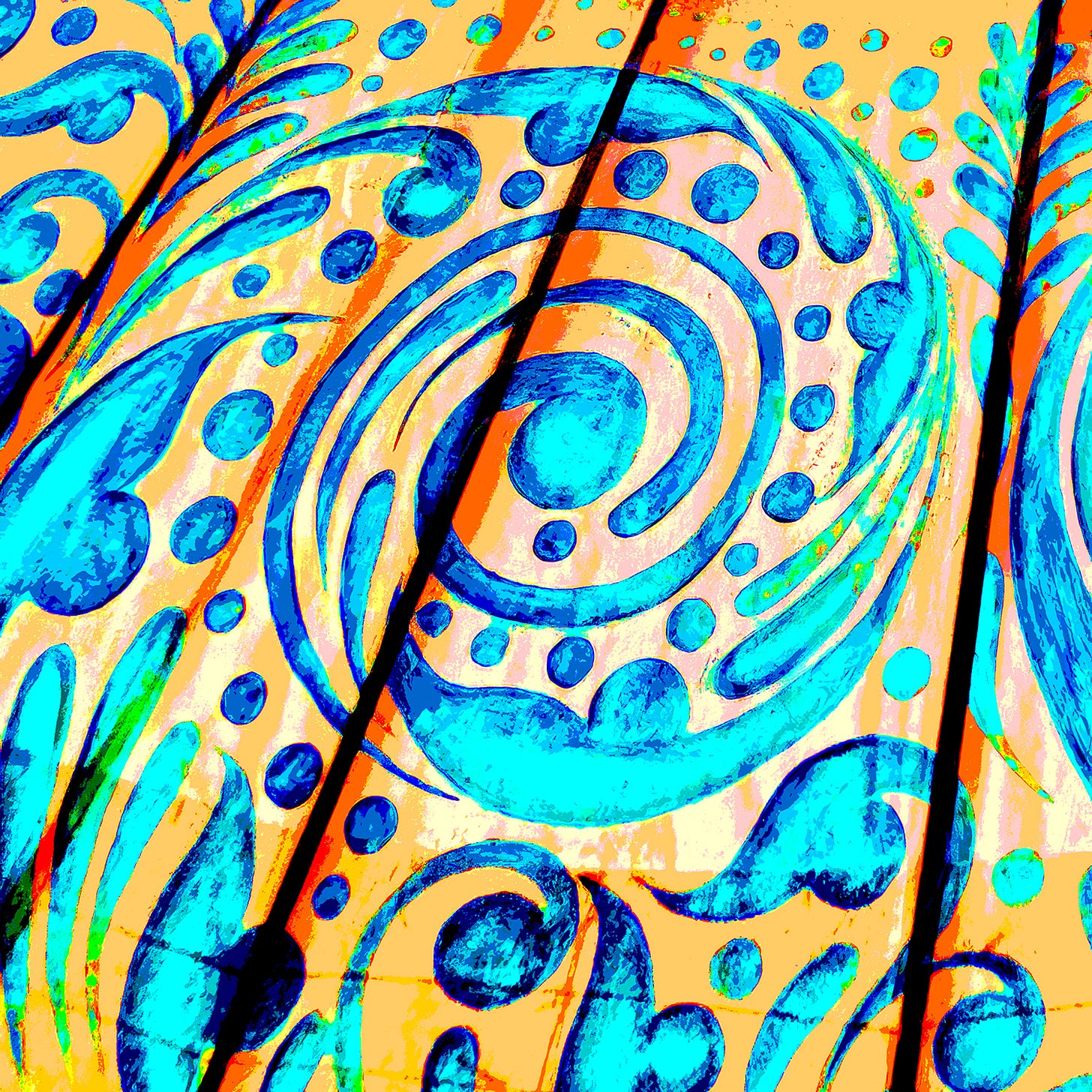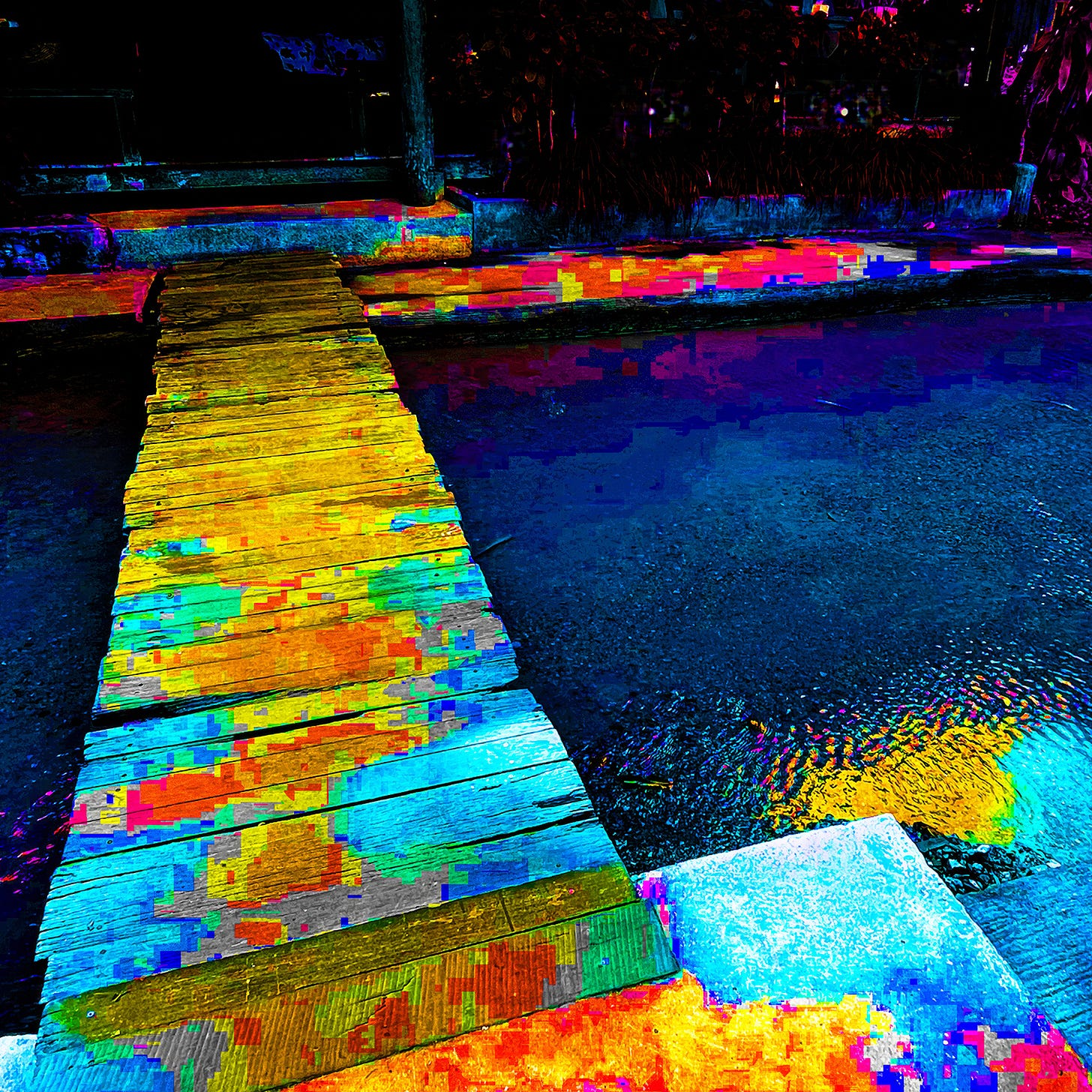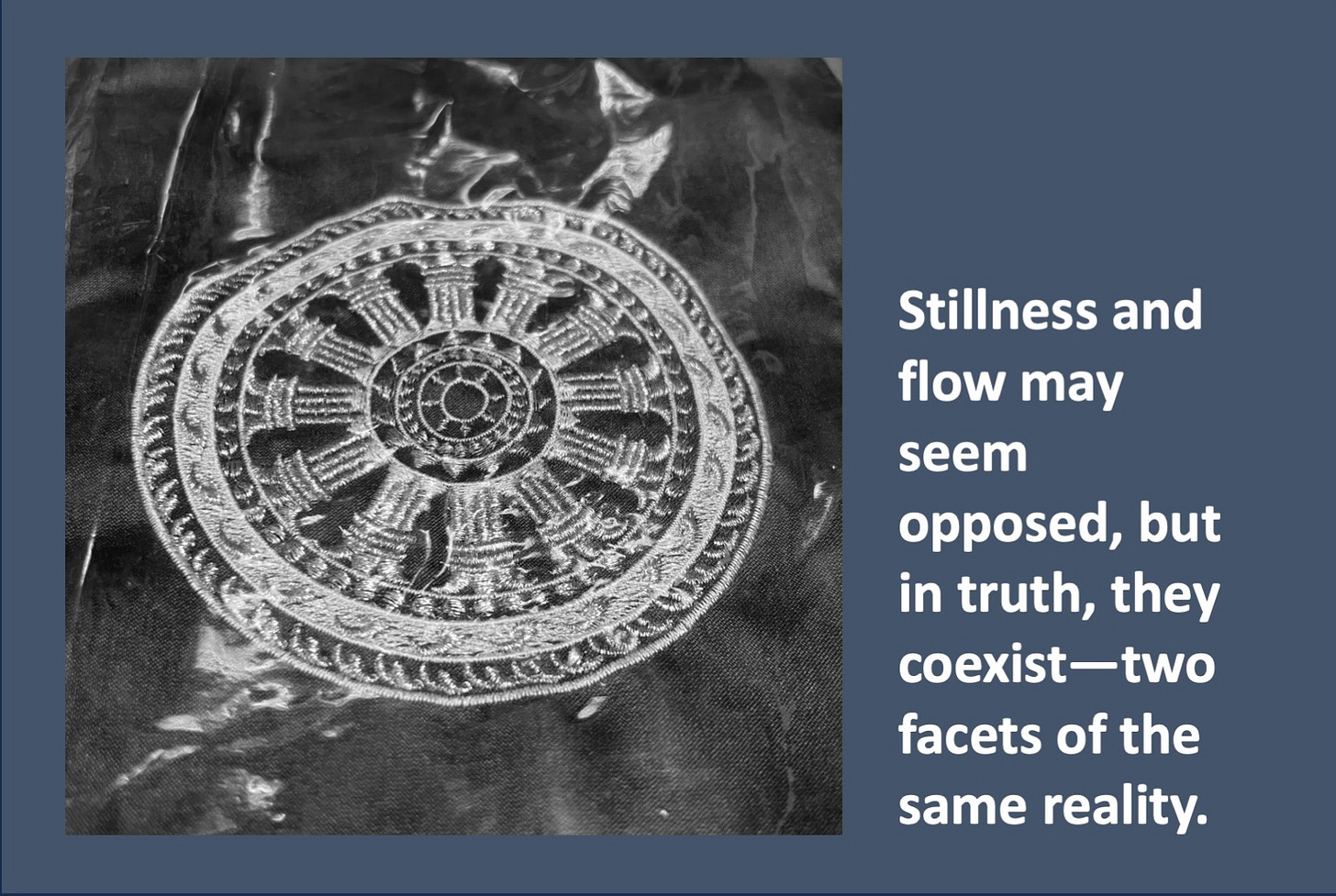VIII. Flowing soul of civilisation
Part 8 of an international solo on ”Lanna“ by Lim Siang Jin. This online exhibition, comprising 20 parts, is from May 6 to June 5, 2025
WATER shapes landscapes, traditions, and beliefs, sustaining agriculture and communal irrigation for centuries. Sacred in many cultures, it blends spiritual and practical significance. Rituals like floating lantern festivals and offerings to river deities express gratitude for its life-giving force. From cleansing rites to sacred springs, water links survival with spirituality. Yet, deforestation, urbanisation, and climate change threaten this balance. Despite this, communities continue with traditional practices, preserving water’s role as a bridge between past and present, ensuring it remains central to cultural identity and resilience.
Meanings in motion
WATER’S vital role in Thai society is also reflected in traditional art. Bo Sang umbrellas, with their swirling water motifs, mirror river currents, monsoon rains, and irrigation canals, symbolising renewal and continuity. Similar patterns appear in textiles and pottery, inspired by rice terraces, rippling ponds, and Naga serpents. More than decoration, these designs narrate water’s connection to agriculture, spirituality, and communal life. They also highlight shared irrigation systems, reinforcing that water, like culture, thrives through stewardship and harmony. Through art, water’s enduring presence flows across generations.

Songkran in a stream
I WATCH the stream, its water moving endlessly, just as Songkran marks the passage of time in Lanna culture. More than a festival, it reflects water’s power to cleanse, renew, and connect generations. In Lanna, rot nam dam hua—pouring scented water on elders’ hands—is a gesture of respect, washing away past hardships and inviting blessings. In any case, Songkran isn’t just about celebration; it’s a reminder that, like water, we must embrace change, honour the past, and flow forward together into the future.

Life’s flow
WATER’S movement mirrors the cycle of existence in Buddhism. Just as rivers shape the landscape over time, our actions shape the course of our lives, reflected in the 12 interconnected stages of the Dhamma Wheel. Each deed, like a ripple, expands outward, affecting the future. Yet unlike rivers that flow toward the ocean, the path to enlightenment leads inward—to clarity and stillness. Water, ever in motion, symbolises impermanence (anicca). Stillness and flow may seem opposed, but in truth, they coexist—two facets of the same reality.
For more information, click on links: Stephen Menon, O Art Space Gallery, Lim Siang Jin and his art, here and here. For a detailed acknowledgment, click here




